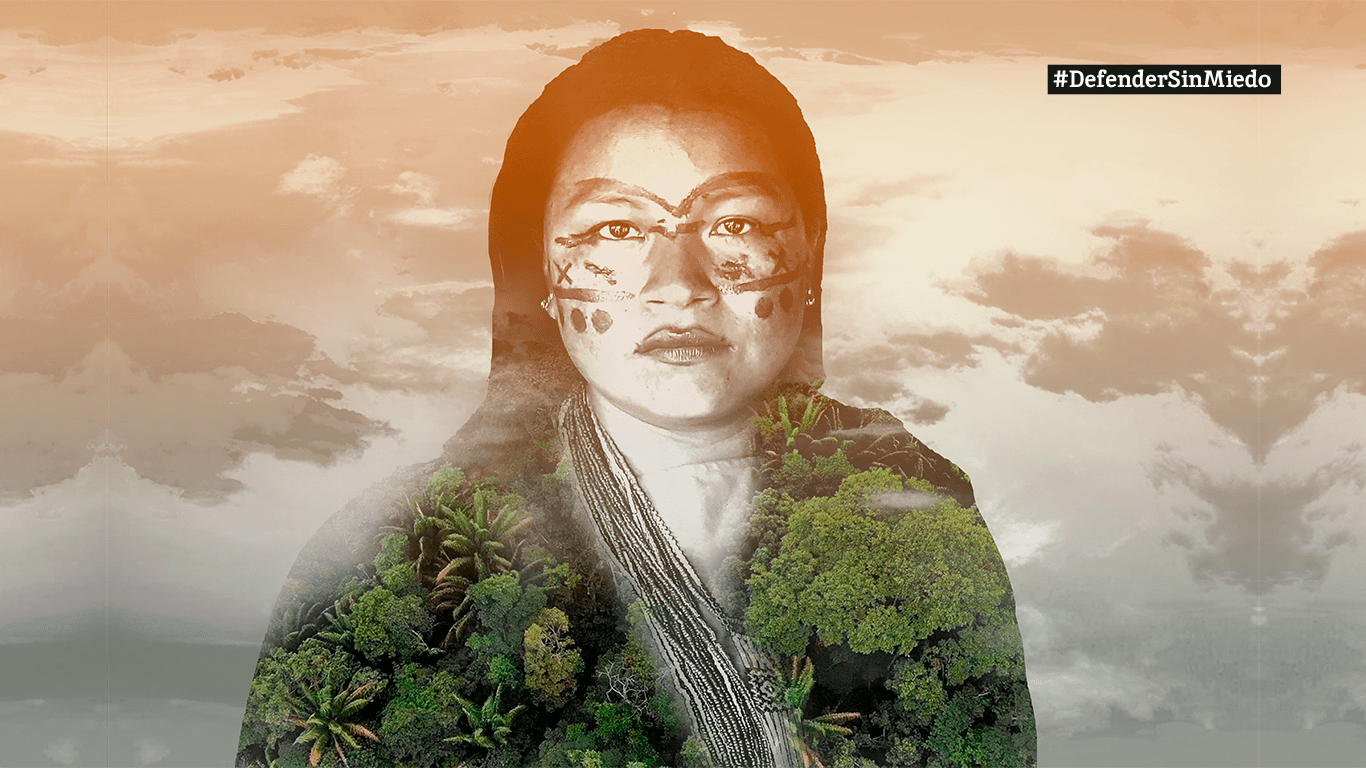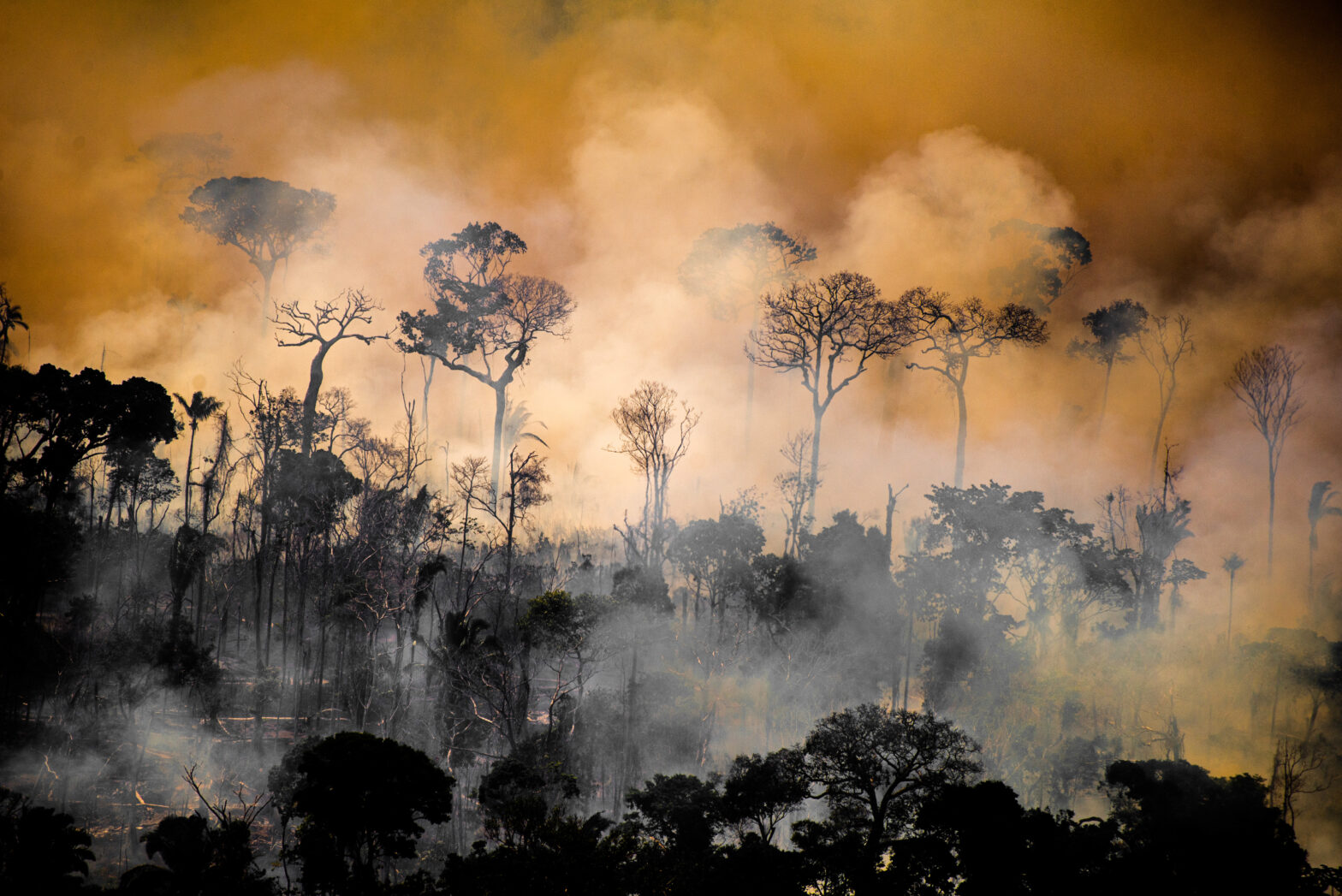According to many, Rolando Navarro Gómez represented a shift in the Peruvian government’s commitment to fight illegal logging.
Rolando Navarro Gómez has been the executive president of Peru’s forestry monitoring agency, known as OSINFOR, or Organismo de Supervisión de los Recursos Forestales y Fauna Silvestre, since 2012.
A forestry engineer educated in his native Peru and with extensive experience with USAID’s Proyecto Perú Bosques and the World Wildlife Fund, Navarro Gómez represented a shift in the Peruvian government’s commitment to fight illegal logging. Under Navarro Gómez, Peru made big strides to coordinate with other agencies, including SUNAT, the customs agency and INTERPOL; it focussed on dismantling logging mafias and orchestrating seizures of illegal timber, monitoring forests through satellite technology, training personnel, and having greater institutional transparency.
The agency was founded in 2008, in an effort to supervise the fulfillment of forestry concession contracts granted by the government. In recent years, under Navarro Gómez’s leadership, OSINFOR received praise for masterminding large-scale seizure operations around the Madre de Dios region.
In the latest, the so-called Operación Amazonas which took place this past November, OSINFOR discovered 29,041 cubic meters of the marupa tree species, 24,047 of capirona and 138,636 of cumala, all of which would have traveled towards markets in the U.S. and Mexico and had a value of more than $48 million.
But OSINFOR’s big operations also drew retaliation. Within just a few days of the successful Operación Amazonas last November, OSINFOR’s satellite office in the city of Pucallpa, an important center of illegal logging in the Peruvian Amazon, was bombed with a molotov cocktail. The homemade bomb was widely seen at the time as a threat to the authorities seeking to reduce illegal logging in the country.
Following today’s news of Navarro Gómez’s termination, the Washington-based Environmental Investigation Agency (EIA) accused the Peruvian government of “acting to silence its own civil servants exposing the embedded illegal timber mafias in the country.”
“By sacking this highly valuable public officer, President Humala seems to be trying to send a message to all the other public servants to not attempt to stop the illegal logging mafia,” said Julia Urrunaga, EIA’s Peru Program Director. “While many in the government continue to turn a blind eye to illegal logging, and sometimes act in collusion with the timber mafias, ongoing reform efforts will not be silenced.”
According to EIA, various stakeholders in the Peruvian timber industry and timber exporters had been calling for the government to terminate Navarro Gómez for months, in public and during closed high-level meetings. OSINFOR’s seizures and ongoing documentation had revealed there was widespread timber laundering, through which exporters registered illegally-sourced wood to make it seem as if it had been legally harvested. In 2014, OSINFOR found evidence of illegal practices in an astonishing 93.75 percent of operations they audited.
The World Resources Institute (WRI) in Washington, D.C. is one of the many partners OSINFOR has worked with in the past few years. In the words of WRI researcher Ruth Noguerón, the scale and extension of Peru’s market in illegal timber is “astounding.”
– This report was originally published in Mongabay and is republished by an agreement to share content.





